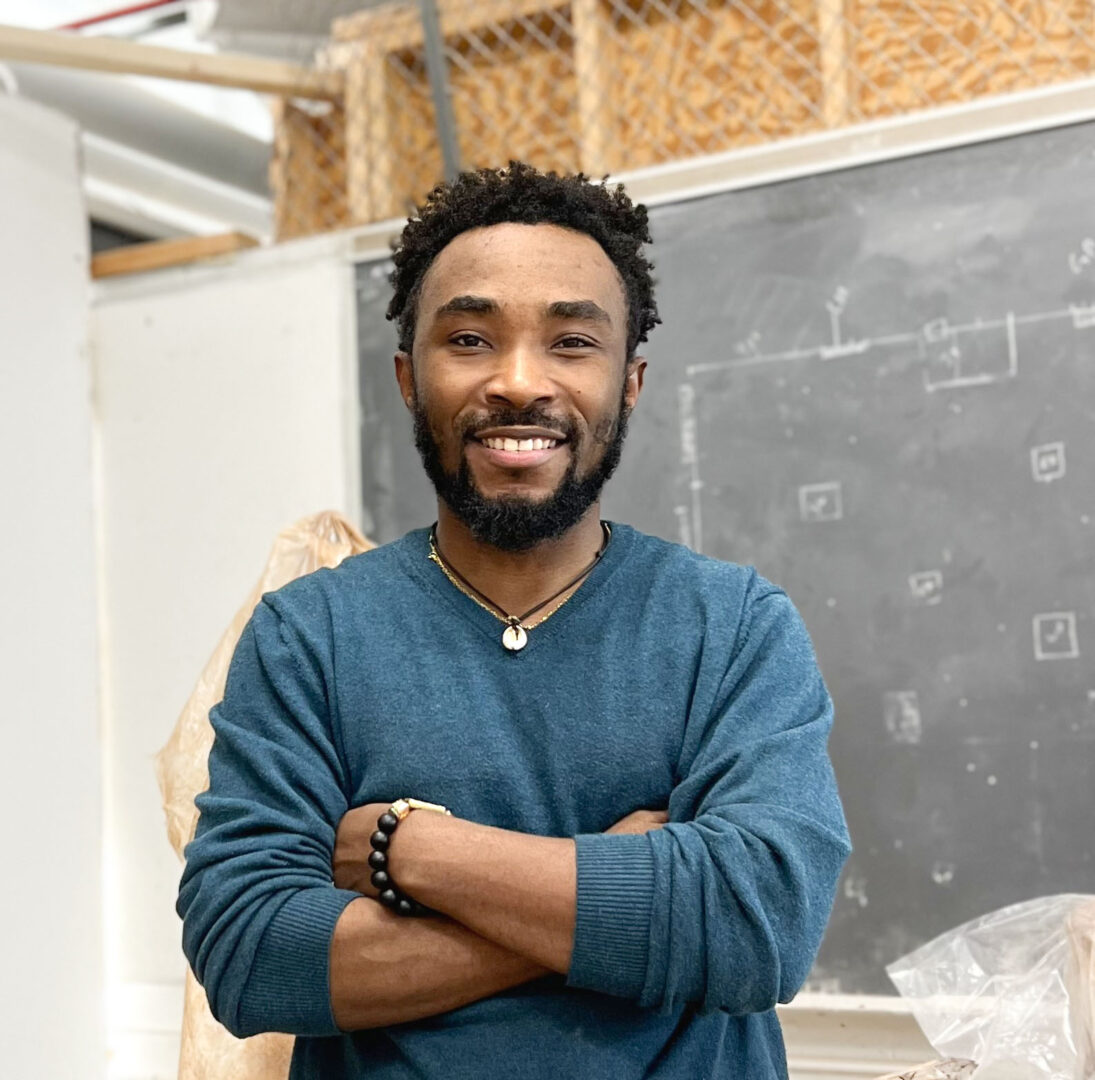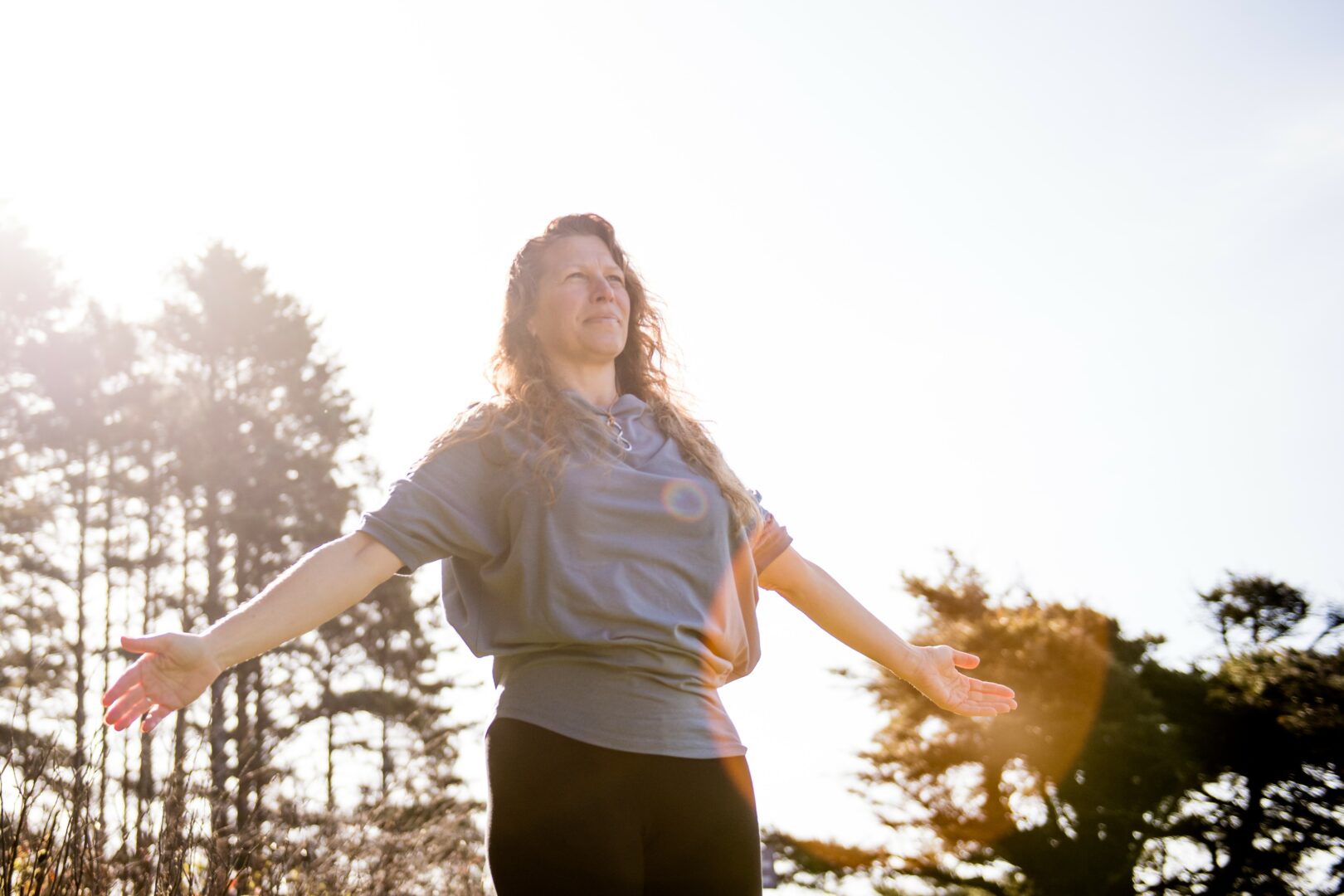We’re looking forward to introducing you to Eugene Ofori Agyei. Check out our conversation below.
Good morning Eugene Ofori, we’re so happy to have you here with us and we’d love to explore your story and how you think about life and legacy and so much more. So let’s start with a question we often ask: What is a normal day like for you right now?
Right now, my days have a nice balance between settling into a new home in Illinois starting a new position as a tenure track Assistant Professor of Ceramics and Sculpture position at Knox Colleges and keeping my studio practice active. I usually start the morning catching up on emails and any administrative work like confirming shipping for pieces, working on proposals, or staying in touch with curators and collaborators. By late morning, I am in the studio, which is where I spend most of my day working with clay, textiles, wood, found objects and experimenting with how the these materials can speak to each other. Some days I am also sourcing materials or building supports for installations. In the evenings, I am making time to connect with the local community, meeting new people, exploring the area, making phone calls with my love ones and just getting a feel for my new environment. It’s a period of transition, so each day feels a bit different, but the through-line is keeping my creative momentum going while finding my footing in this new chapter.
Can you briefly introduce yourself and share what makes you or your brand unique?
I am Eugene Ofori Agyei, a Ghanaian-born artist and educator based in the United States. My interdisciplinary practice explores themes of migration, identity, cultural hybridity, and the concept of home through ceramics, textiles, wood, found materials, and performance. I hold a B.A. in Industrial Art from Kwame Nkrumah University of Science and Technology in Ghana and an M.F.A. in Ceramics from the University of Florida.
I have been honored with the Robert C. Turner Teaching Fellowship at the New York State College of Ceramics at Alfred University, two National Council on Education for the Ceramic Arts (NCECA) fellowships, the Artaxis Fellowship, the Zenobia Award, and the 2022 Pathways: Carlos Malamud Prize. My work has been shown in group exhibitions across the United States, including the American Museum of Ceramic Art, the Black History Museum and Cultural Center of Virginia, the Harn Museum of Art, the Museum of Art-DeLand, the Art and History Museums of Maitland, and the Utah Museum of Contemporary Art, among others. My solo exhibitions have been held at the Rollins Museum of Art in Florida, North Dakota State University, Kudoshed Gallery in Connecticut, and Art Center Sarasota, Florida. Most recently, I opened my first international solo museum exhibition at Die Neue Sammlung – The Design Museum in Munich, Germany, part of the Duke Franz von Bayern Collection, which runs through early October. A forthcoming solo exhibition at the Alfred Ceramic Art Museum is scheduled for early 2026.
I have also been invited to prestigious residencies, including the Hambidge Center for Creative Arts and Sciences, Watershed Center for Ceramic Arts, and Haystack Mountain School of Crafts.
I am represented by the Fernando Luis Alvarez Gallery in Connecticut.
Amazing, so let’s take a moment to go back in time. Who were you before the world told you who you had to be?
Before the world told me who I had to be, I was a curious kid in Ghana who parents wanted him to be a scientist but who could spend hours quietly observing how things fit together, drawing, taking apart toys to see their insides, and shaping little objects out of clay or scraps without thinking of it as art. I moved through life with a kind of unfiltered imagination. I did not think about career paths or expectations, I just followed whatever fascinated me in the moment.
Was there ever a time you almost gave up?
Yes, there was a point, a few weeks after moving to the U.S. during the pademic, when the weight of uncertainty almost made me walk away from my practice. I was juggling restrictions, loneliness, endless paperwork, cultural adjustment, and the constant question of whether my work had a place here. I remember sitting alone in my studio space one evening, staring at unfinished pieces, feeling like everything I was working on could be taken away at any moment. What kept me from giving up was not some grand epiphany. It was smaller than that. I thought about the people back home who had believed in me, the younger version of myself who had dreamed of making art without borders, and the stories I still hadn’t told. Looking back, that decision—to keep going, even at a slower pace changed everything. It taught me that persistence does not always look like a bold leap, sometimes it’s just holding on quietly until the ground steadies again.
I think our readers would appreciate hearing more about your values and what you think matters in life and career, etc. So our next question is along those lines. What’s a cultural value you protect at all costs?
A cultural value I protect at all costs is communal care—looking out for each other and sharing in both struggles and joys. It keeps me grounded, shapes my art, and reminds me my work is always part of something bigger than myself.
Okay, so before we go, let’s tackle one more area. What is the story you hope people tell about you when you’re gone?
I hope people say I lived with intention, stayed true to my self and my roots, and used my art to connect worlds—bridging cultures, sparking dialogue, and leaving spaces more open and compassionate than I found them.
Contact Info:
- Website: https://eugeneagyeiarts.com
- Instagram: https://www.instagram.com/eugeneagyeiarts/
- Facebook: https://www.facebook.com/profile.php?id=100001441120745&ref=_ig_profile_ac
- Youtube: https://www.youtube.com/@eugeneoforiagyeiarts6022
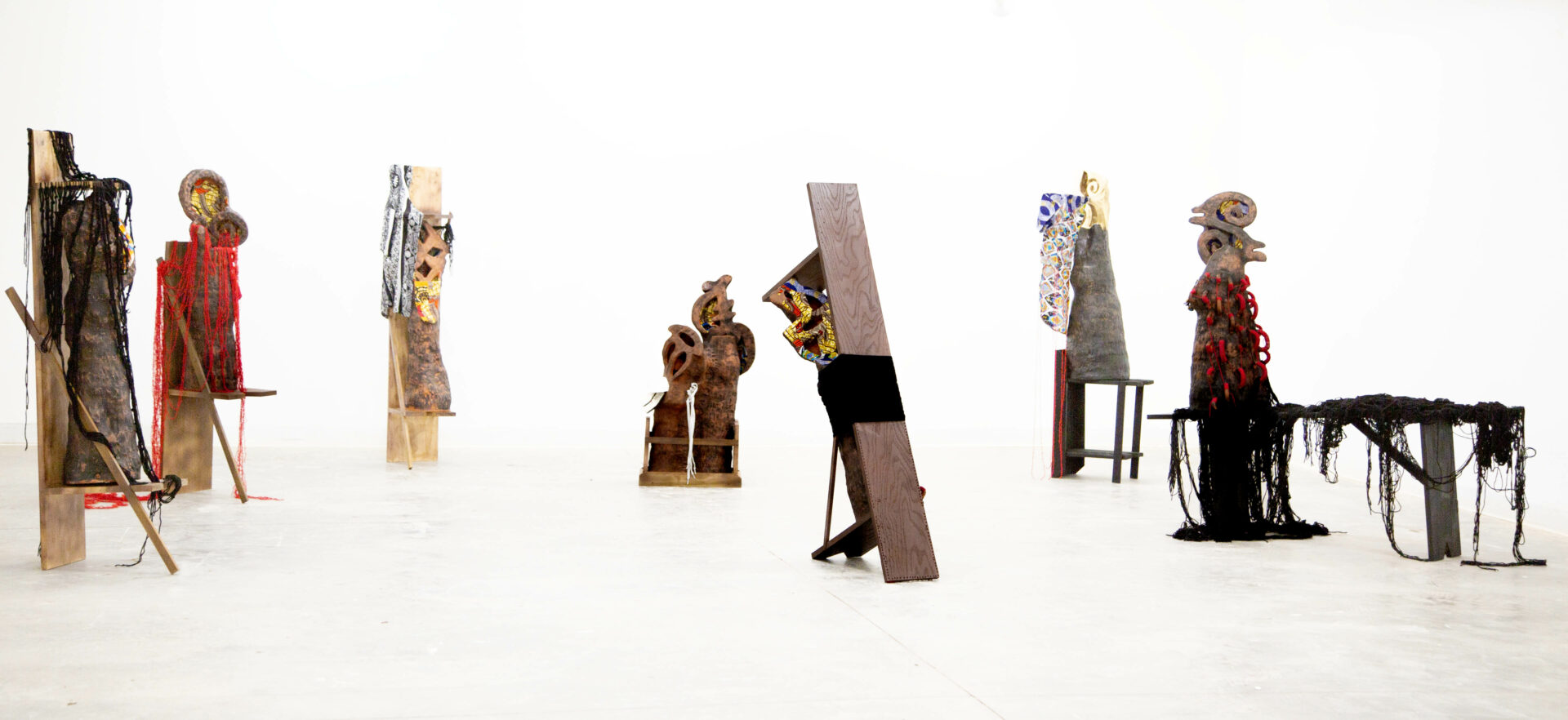

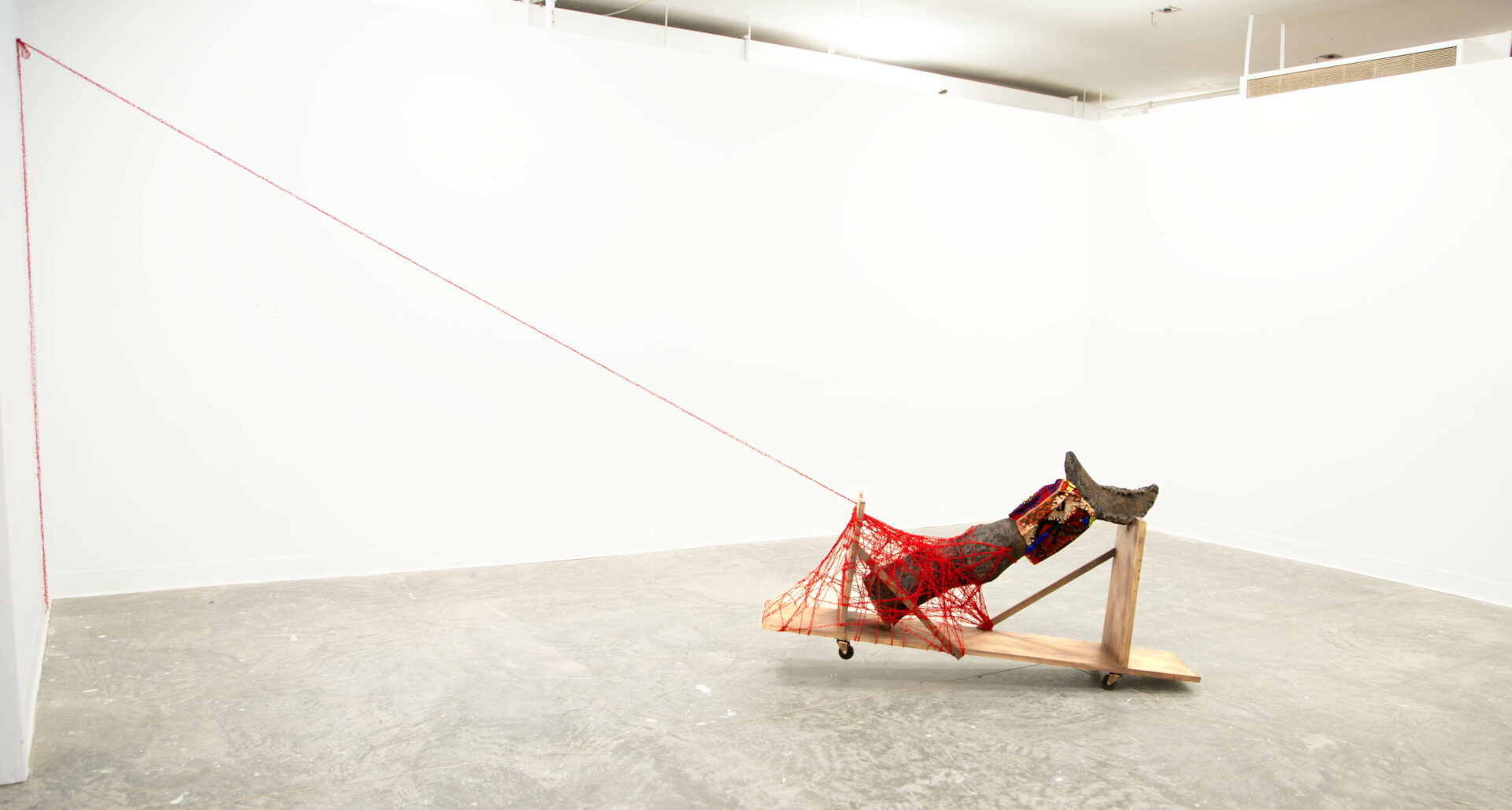

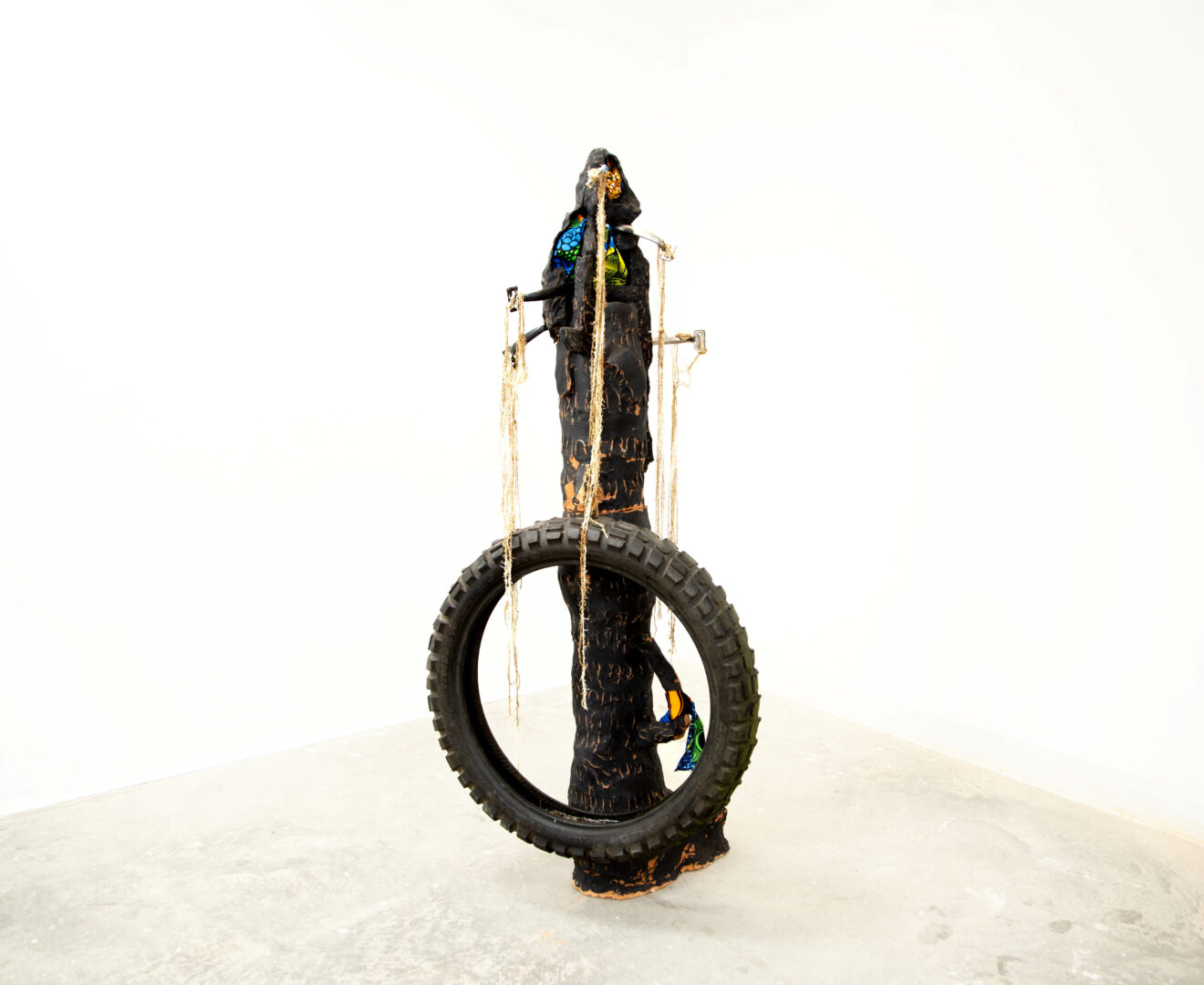
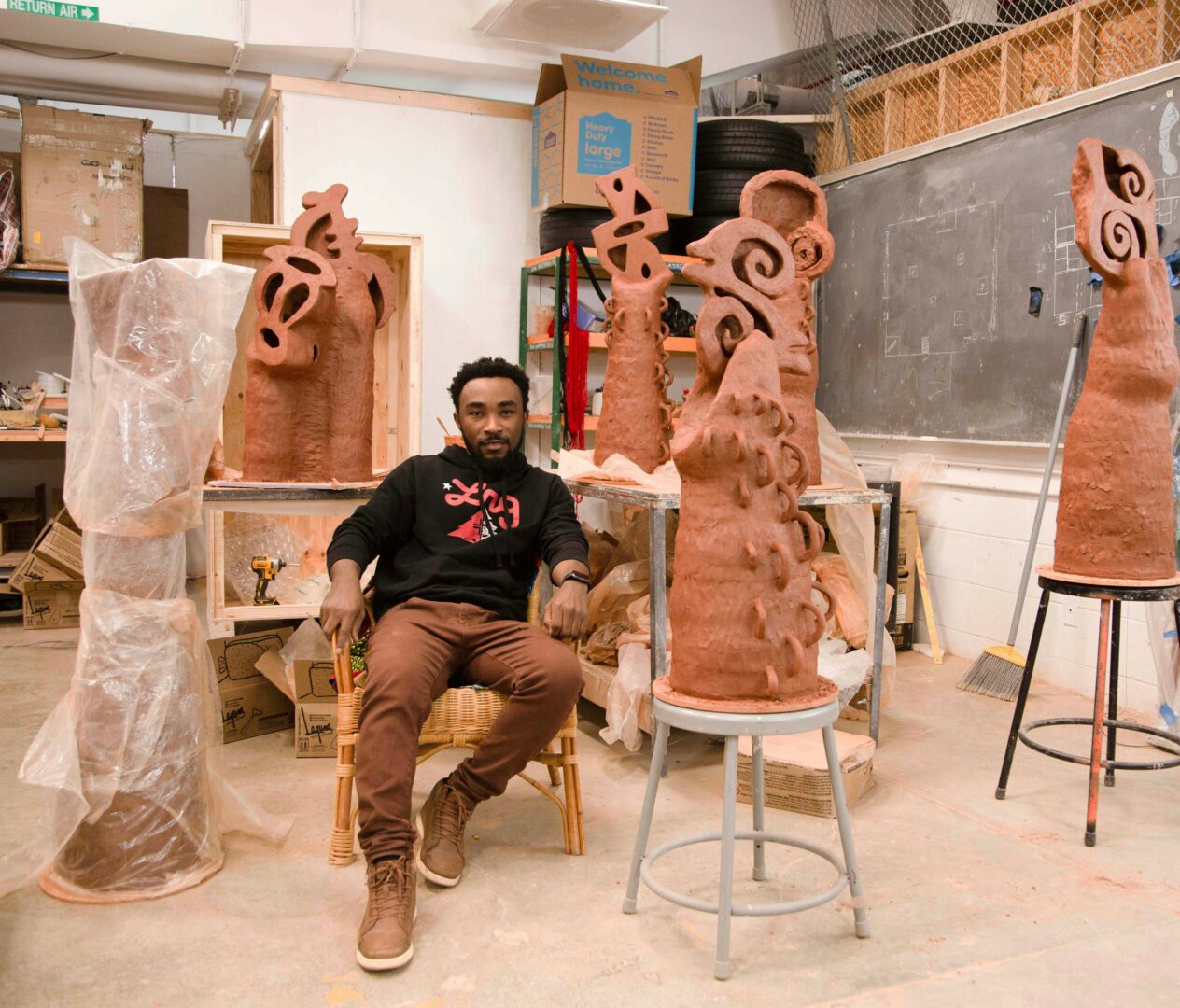
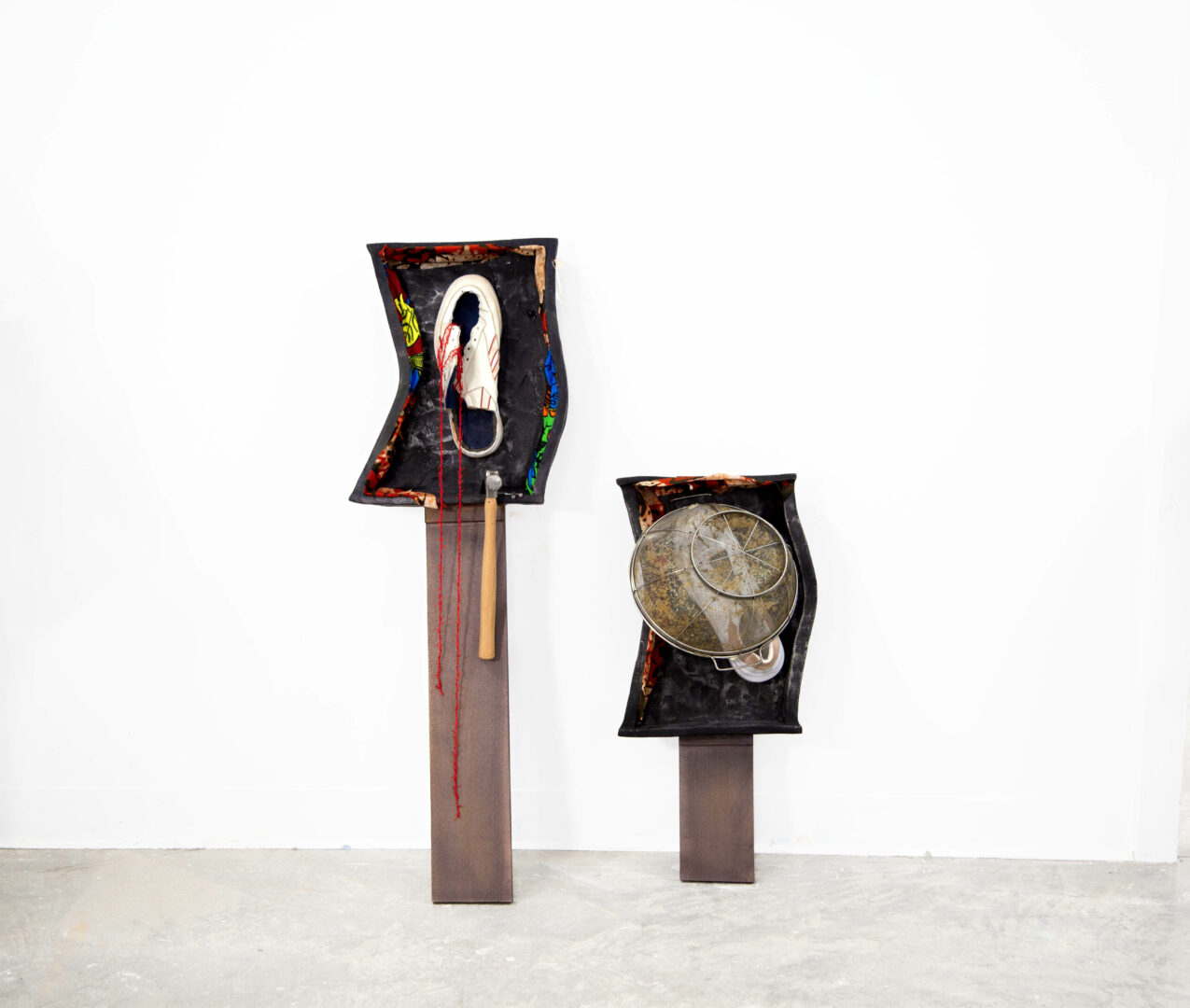
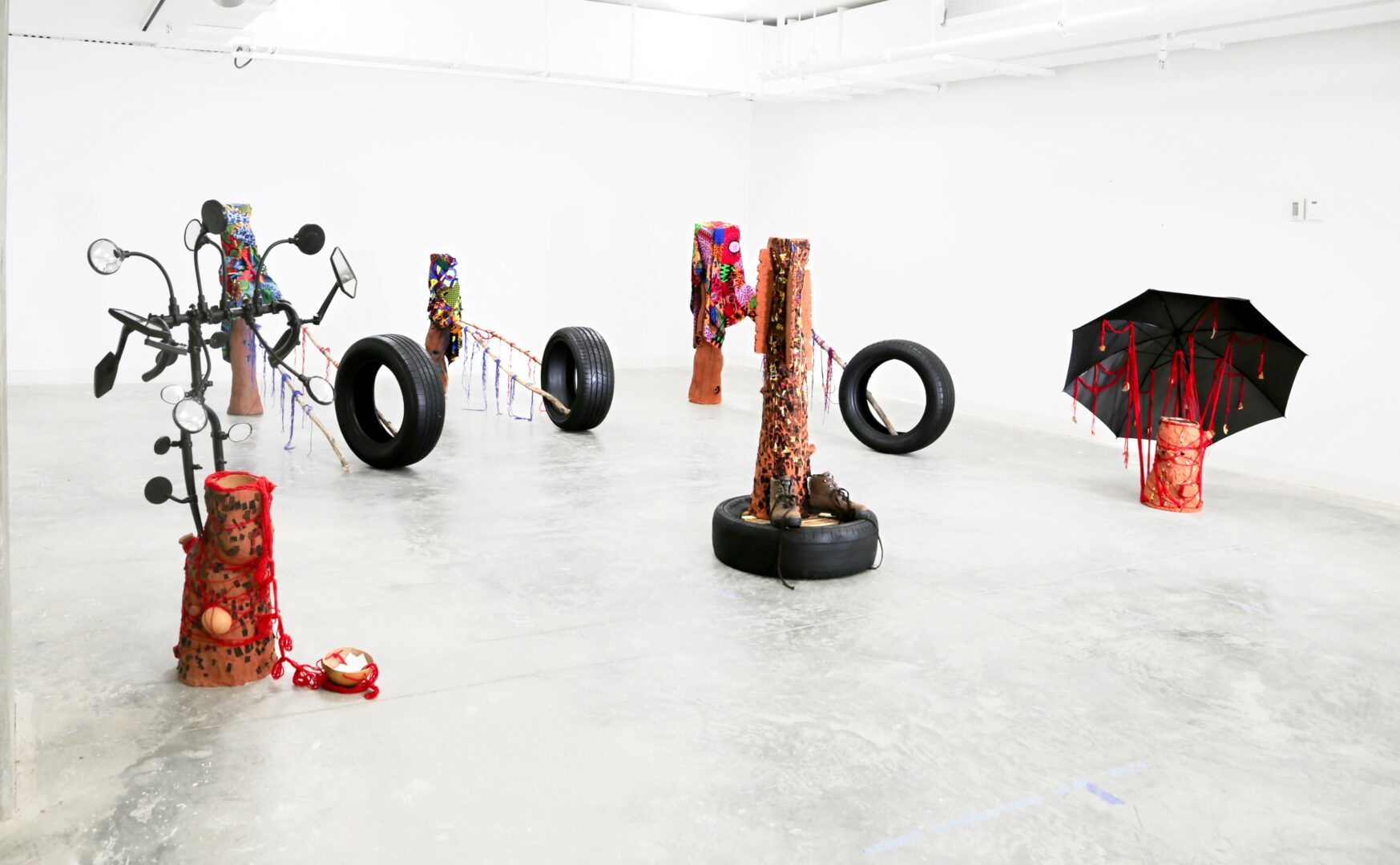
Image Credits
Artist-Eugene Ofori Agyei
so if you or someone you know deserves recognition please let us know here.

